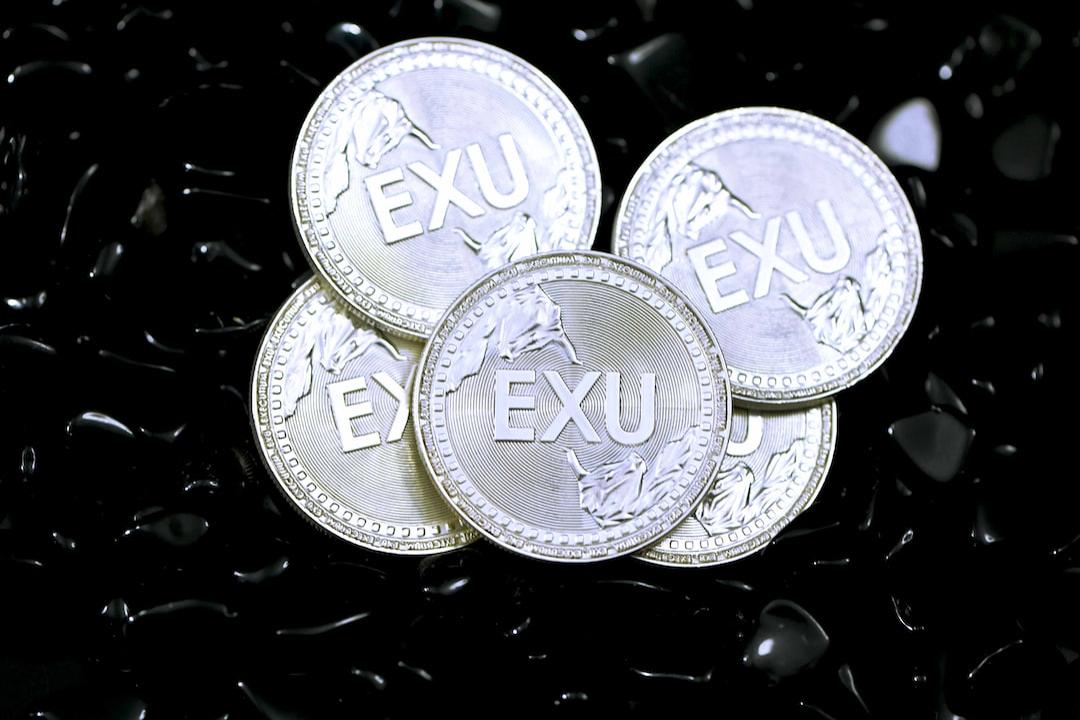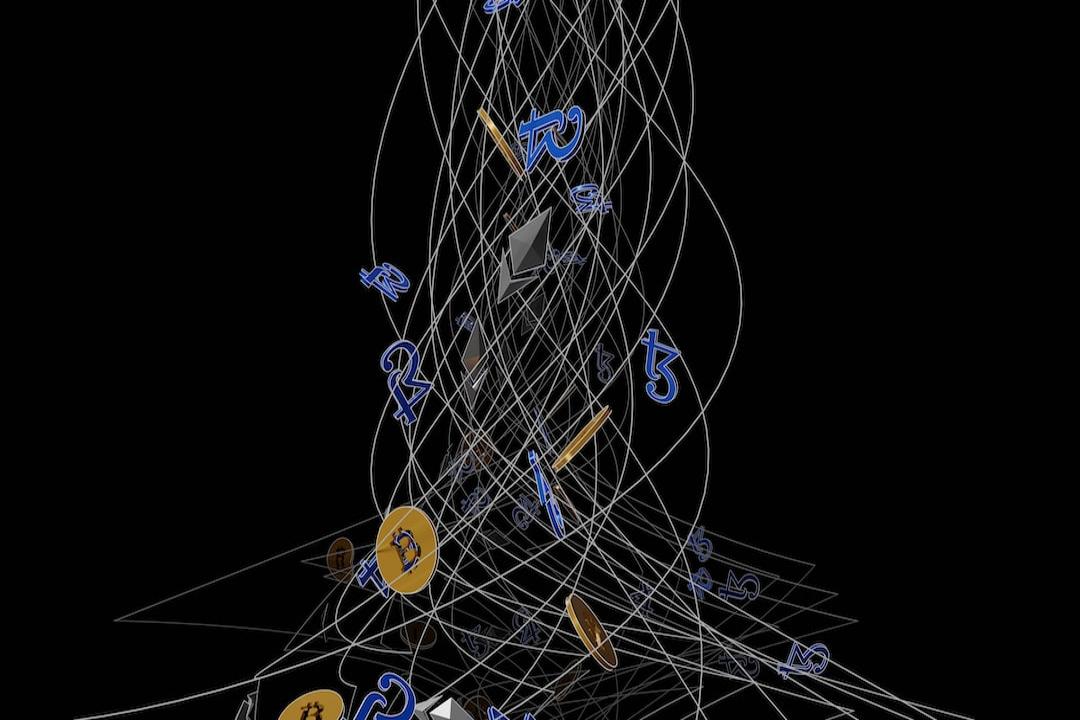Aug. 7 — NASDAQ-listed biotech firm MEI Pharma has added $100 million worth of Litecoin (LTC) to its corporate treasury, making it the first publicly traded US company to adopt LTC as a reserve asset.
The company confirmed the move on Wednesday, stating it acquired approximately 929,548 LTC in collaboration with Litecoin founder Charlie Lee and market maker GSR. The decision follows recent crypto adoption trends among institutions diversifying their holdings beyond Bitcoin and Ethereum.
MEI Pharma’s press release said the Litecoin allocation reflects a long-term diversification strategy. The company described the asset as offering “low transaction fees, fast settlement, and decentralization.” The deal was executed through a custodian arrangement, though details of the service provider were not disclosed.
Charlie Lee, who founded Litecoin in 2011, said the move sets a precedent for other public firms. “Litecoin has maintained over a decade of uninterrupted uptime. It’s time companies recognize its strength as a store of value,” he said in a statement.
Move Signals Growing Institutional Interest in Litecoin
Institutional engagement with Litecoin has increased in 2025. MEI Pharma’s entry into LTC markets came shortly after speculation around the potential approval of a Litecoin spot exchange-traded fund (ETF). The company’s action may influence US regulators assessing broader digital asset adoption.
The partnership with GSR also plays a key role. GSR helped structure the transaction to align with MEI’s treasury goals. The market maker previously supported crypto acquisitions for firms seeking digital exposure while maintaining compliance standards.
Litecoin’s network processes over 500,000 transactions daily and remains one of the most used blockchains for payment-related activity. As of July 2025, it ranks among the top ten cryptocurrencies by market capitalization.
Broader Trends in Litecoin Use and Adoption
The MEI Pharma announcement coincides with a rise in merchant adoption. Litecoin continues to be integrated into payment infrastructure globally. From travel booking platforms to online retailers, LTC is accepted across a wide range of services.
In parallel, decentralized finance (DeFi) users have begun reallocating funds from legacy assets like Litecoin toward newer projects, including decentralized social platforms and creator-focused ecosystems. Still, Litecoin’s position as a secure, scalable digital currency continues to attract long-term holders and institutional actors.
Industry analysts expect the MEI Pharma news to accelerate discussions around Litecoin ETF approvals in the US. While no such fund has been launched yet, several firms, including Grayscale and VanEck, have filed preliminary applications with the SEC.
MEI Pharma has not ruled out further crypto allocations, but emphasized that its focus remains on Litecoin for now.
Litecoin Prints Falling Wedge, Breakout Could Move Price by Over 50 Percent
As of August 7, 2025, Litecoin (LTC) formed a clear falling wedge pattern on the 4-hour chart. The wedge pattern, marked by two converging trendlines with a downward slope, typically signals a possible breakout. A falling wedge is a bullish chart formation that shows declining volatility and narrowing price movement before a breakout occurs.

The chart shows LTC consolidating between tightening resistance and support lines. This structure suggests a breakout could happen in either direction. If the price breaks below the lower wedge trendline, Litecoin could drop by roughly 68 percent from its current level of $120.65. That would push the price down toward the $71.68 support area, matching the wedge height and previous consolidation zone.
Alternatively, if the price breaks above the upper resistance line, LTC could rally nearly 58 percent. That would bring the price up to around $193.68, aligning with the projected height of the wedge added to the breakout point.
The pattern is forming after a long uptrend that started in early July, which increases the chance of bullish continuation. However, the 50-period exponential moving average (EMA) at $114.62 may act as immediate support if selling pressure increases. The volume also shows an uptick during recent breakouts, suggesting active participation and growing momentum.
Overall, Litecoin’s falling wedge pattern sets up a decisive move. The breakout direction will likely define LTC’s next major price target.
Litecoin MACD Chart Shows Weakening Momentum After Recent High
As of August 7, 2025, the Litecoin (LTC) Moving Average Convergence Divergence (MACD) indicator shows weakening bullish momentum. The MACD line (blue) recently crossed below the signal line (orange) after peaking near 5, indicating a potential trend reversal or pause in upward momentum.

The MACD histogram bars have shifted from green to red, suggesting decreasing buying strength. Although the MACD remains above the zero line, the declining slope reflects a slowdown in upward pressure.
The chart also shows similar past patterns where sharp MACD peaks were followed by short-term corrections or sideways consolidation. This historical consistency may hint at reduced volatility or a potential pullback if the bearish crossover continues.
At the time of capture, the MACD stood at 2.13, the signal line at 2.45, and the histogram at -0.32. If the gap between the MACD and signal lines widens to the downside, Litecoin could face short-term pressure. However, if the MACD line flattens and rebounds, the bullish trend may resume.
Litecoin RSI Points to Mild Strength, Approaching Overbought Zone
As of August 7, 2025, the Relative Strength Index (RSI) for Litecoin (LTC) stands at 59.95 with a smoothing average of 62.46. The RSI remains below the overbought threshold of 70, indicating that LTC is in neutral-to-bullish territory but not yet overextended.

Over the past week, the RSI recovered sharply from near 40, signaling renewed buying interest after a short-term dip. This upward movement reflects a momentum rebound consistent with recent price gains above $120.
Although RSI values above 70 typically suggest overbought conditions and potential for a pullback, Litecoin currently trades within a safe range. Still, the slope of the RSI curve shows signs of flattening, hinting that bullish momentum may be stabilizing or pausing.
In previous cycles on this chart, Litecoin pulled back shortly after the RSI approached or crossed 70. A similar move could follow if buying pressure increases too quickly. Conversely, if the RSI holds near current levels and the price consolidates, it may support further upside without triggering a correction.
